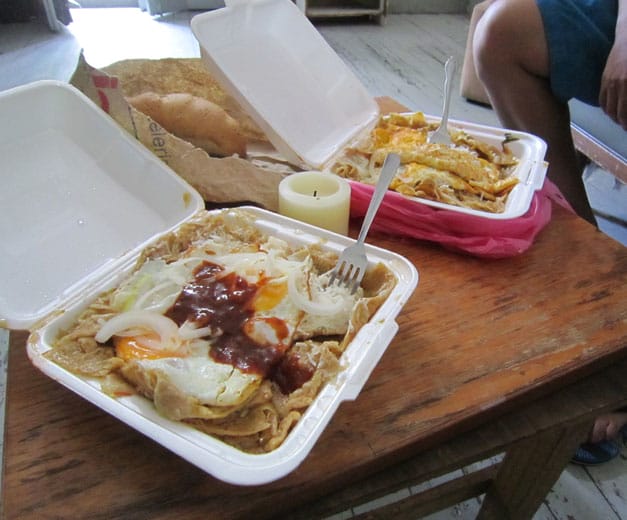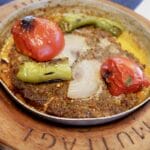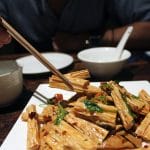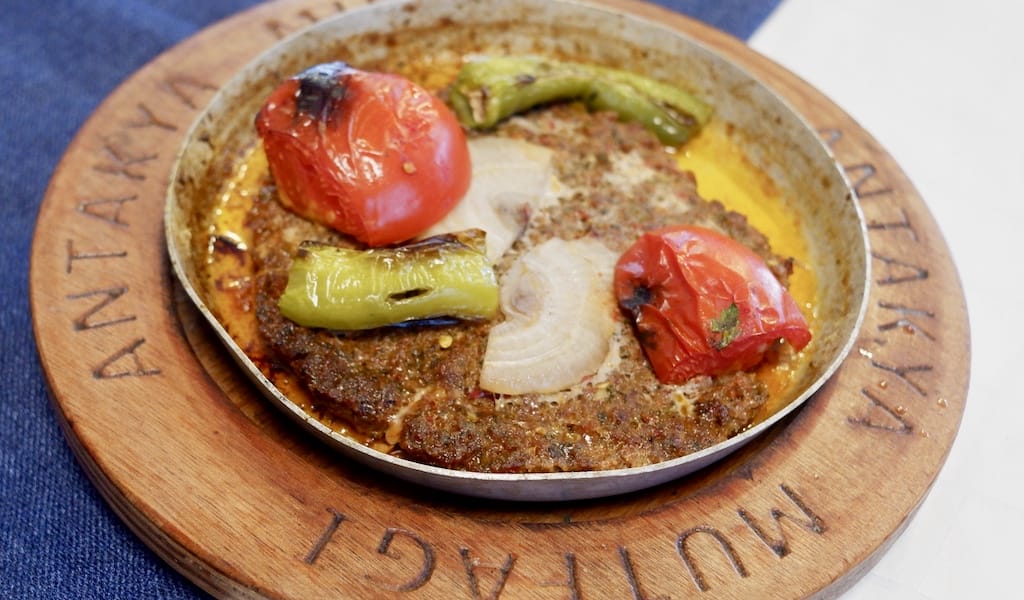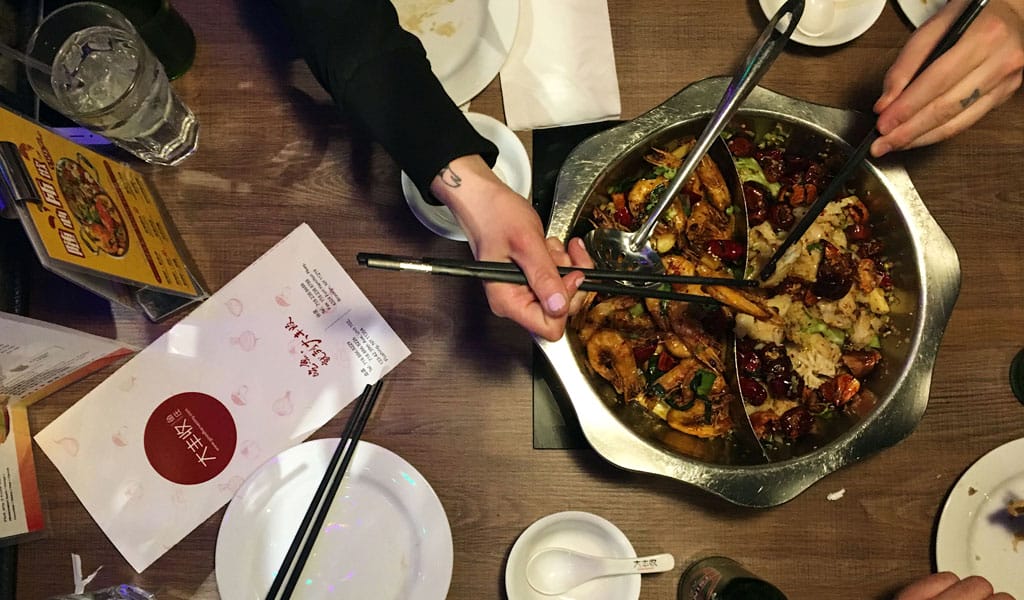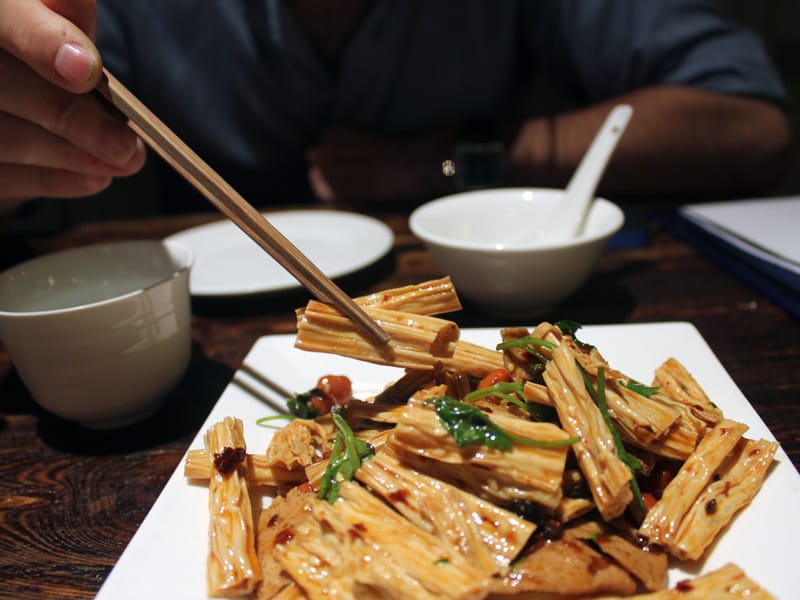Mexican diners offer a place for many in the capital to go for simple eats, often for people struggling to make ends meet. The key is to look for a crowded lunch bar lined with clients downing food before they have to head back to work.
For example, if you find yourself strolling down 5 de Febrero, a few blocks south of the Zócalo, about to hit the new, city-funded arts district along Regina and San Jerónimo, consider Panadería La Joya.
One of the classic greasy spoons downtown, La Joya stands out not for its innovation or hip atmosphere, but for its spot-on, tried-and-true renditions of Mexico’s hits. The place feels timeless. We tracked down the oldest worker, there for 40 years, and he admitted he had no idea when or who began the place.
It is divided into two areas, the diner and a popular bakery – hence the “Panadería” in the name. The menu offers the pantheon of Mexican diner fare, with dozens of options ranging from chicken mole to tortas de chile poblano to pan dulce and, of course, chilaquiles – none of which costs more than 43 pesos (or US$2.82, lately).
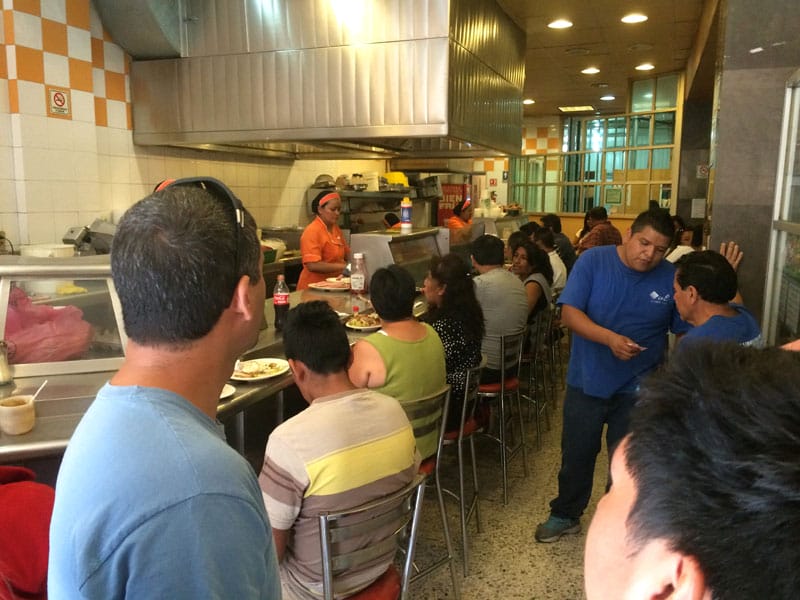
We first learned of La Joya on a morning after hitting the bars, when a friend came home with a stack of La Joya chilaquiles containers (this dish fares well to go). The quantity was easily enough for two or three people per box, but we each ingested our own container full of the stuff.
Chilaquiles is old-school, pre-Hispanic Mexican cuisine, and it is known as a remarkable cure for hangovers and mean, growling stomachs. The primary concept consists of frying up strips or triangular bits of corn tortillas, adding salsa to them once they soften, then pulling the hot mess off the flame and adding fresh cream or cheese and maybe chopped onions.
However, there are at least a million variations: cook the onions a la vez – at the same time – with the tortillas, use raw tortilla bits or already fried totopes (tortilla chips), mix up random creams and/or cheeses, etc. Add meats, add tofu, sprinkle with wasabi, play with curry. It’s mix-and-match. (We once tried “white” chilaquiles with flour tortillas and tons of cream and cheese. It was the Mexican equivalent to a heart attack on a plate, but it was better than any alfredo we’ve had, thanks to the chef.)
La Joya’s version is all about the sauce, based on the Mexican husk tomato, or tomatillo. This green sauce produces a much more tangy salsa with less umami than the usual tomato-based salsa, and it can run from cool to hot depending on the ratio of tomatillo to chili in the infusion.
On first impression, the chilaquiles isn’t much to look at. There is something to say for a nice blend of crisp and soft, chopped purple onions and a green garnish, maybe cilantro or epazote. That’s not what you get at La Joya. For us, the quartered tortillas get too soft. There are no clearly defined totope corners, no cream on top – maybe somewhere hidden in there. It’s also way too huge for one person – gringo portions. We recommend a half order (22 pesos with an egg on top) for the non-ravenous.
But it’s damn good, mild and highly savory; the recipe feels like one handed down for generations, slow-roasting in a mélange of roasted chilies and old-fashioned know-how.
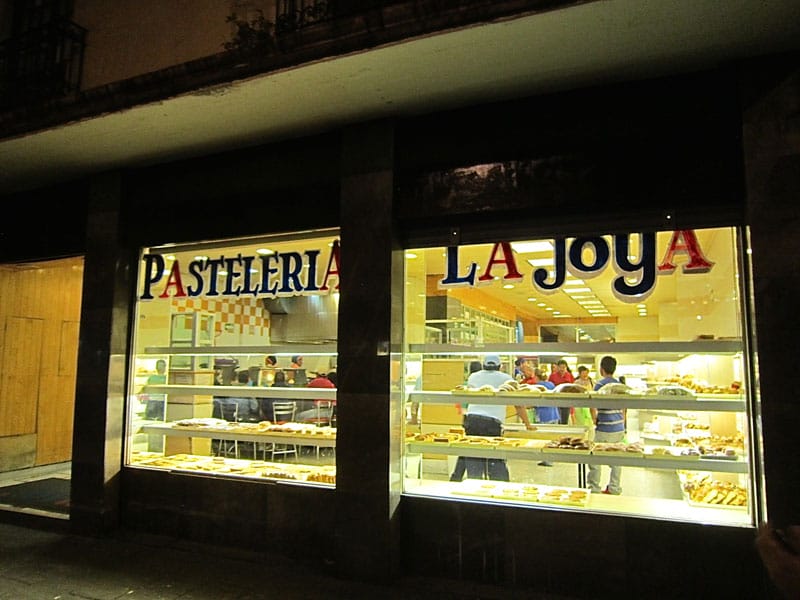
Keep in mind that nearly everything on the menu has various serving amounts. For chilaquiles, we have: chilaquiles solos (nothing added) is 26 pesos, 29 for an egg on top, 32 for two eggs, 40 for a swell-looking carne asada (grilled slice of steak), 43 for pierna (a bottom round cut), the breaded-beef milanesa for 43 pesos, or turkey on top for 41 pesos. We stress all the detail on this pricing for a good reason. This is wildly cheap in a zone where it has become common to charge US$3 for a fruit cocktail or for some fries, while La Joya full-order fries go for 22 pesos, or US$1.20 (a towering full plate).
We are wary of carbs, generally, but the pastry shop gives us the standard downtown Willy-Wonka-“I want to eat it”-vibe, and one day we will give into those little, colorful sprinkle breads.
In the meantime, we’re happy to join the fellow workers of the world on their 30-minute lunch break, whether to take the edge off our hunger or to provide a soft landing after a particularly eventful night.
Published on May 25, 2015
Related stories
November 20, 2023
IstanbulTucked away on the fourth floor of a nondescript building in the heart of Istanbul's Beyoğlu districts lies a hidden gem that we just discovered, despite the fact that Antakya Mutfağı has been in business for twenty years. Here, the Kar family serves up the cuisine of the southern province of Hatay, which boasts some…
May 25, 2019
Queens | By Trevor Hagstrom
QueensEditor's Note: This feature was originally published on April 25, 2017. Good Harvest has since closed. We’ve been fascinated by dry pot (ma la xiang guo) since discovering it in Flushing last year, probably a decade after it had risen to match the popularity of hot pot in Beijing. This streamlined hot pot is a…
December 5, 2012
ShanghaiFrom a country that maintains a “national strategic pork reserve” – vast bunkers of frozen meat that can be released when the price of the commodity gets too high – one might not expect to find an impressive number of traditional vegetarian restaurants, but you’d be surprised. While exact numbers are hard to pin down…







































